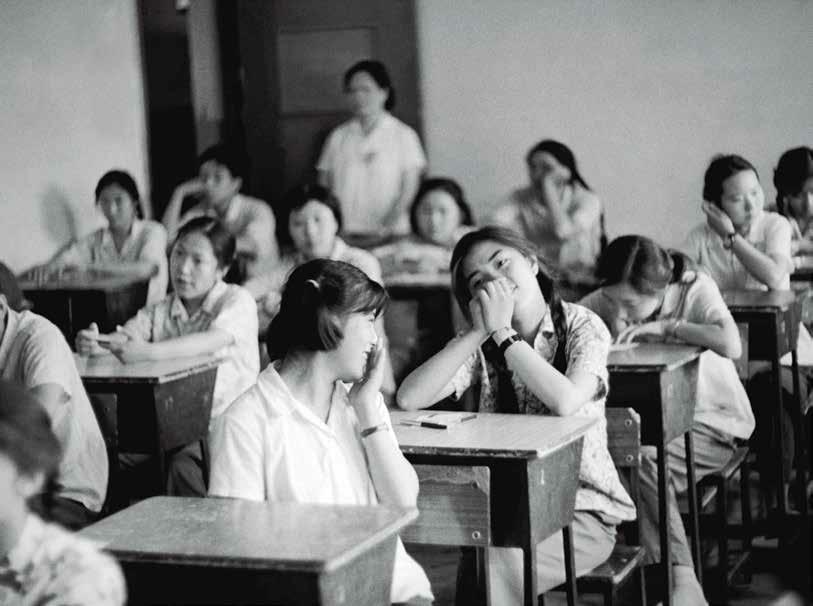Stainless Time: Frozen Youth
by Wang Shuya
This book is a memoir. The author recorded the youth and maturation of a generation with delicate and romantic words and images.
The author shares stories of his youth and his path to photography including episodes of his early student years occurring in special times, his enlightenment and exploration of photography, details surrounding the photo book The Innocent in the 1980s, subsequent stories about his photographic journey to mining areas, the confusion and frustration of doing business, and his simple and subtle relationship with his father.
More than a review of a special period in the authors life, this book is an attempt to employ literary writing to transmit images based on his photography experience and achievements over the years.
In 1977, China resumed the national college entrance examination, known as the gaokao, which had been disrupted by the“cultural revolution”(1966-1976). This development changed the destinies of millions of people.
Photographer Ren Shulin, who lived in Beijing all his life, took the examination that year, but failed. The next spring, he took the exam seeking to attend the Beijing Film Academy, but failed again. However, unsuccessfully sitting for the national college entrance examination twice in a row left him with unforgettable images.
Instead of studying, he started taking photos of high-school students and the gaokao. For three consecutive years from 1979 to 1981, he photographed gaokao sites in Beijing, and in this book, he vividly described the shooting process and his impressions of this momentous event.
“I saw infinite moments worth capturing in the school—everything was so dynamic and attractive,” said Ren.
“The reason I focused so much on students was because seeing this special demographic on campus again communicated so much of the things I wanted to discover through photography,”he explained. “Some thoughts and words I wanted to say were spoken by the images of students. My dreams and ideals remain nestled there.”
While recording each vivid youthful face, Ren started testing his“feet and back” shooting technique. He broke from mainstream photography practices of the time and shot numerous “headless” images.“If you shoot the legs, the shoes and socks can be framed. The gender, character, mood, and even philosophies of the subject are all captured lower than three feet from the ground,” he wrote in the book.
Chinese author and screenwriter Zhong Acheng once used a magnifying glass to carefully examine photos shot by Ren Shulin in the 1980s. He only had one sentence to say: “You captured their vitality.”

